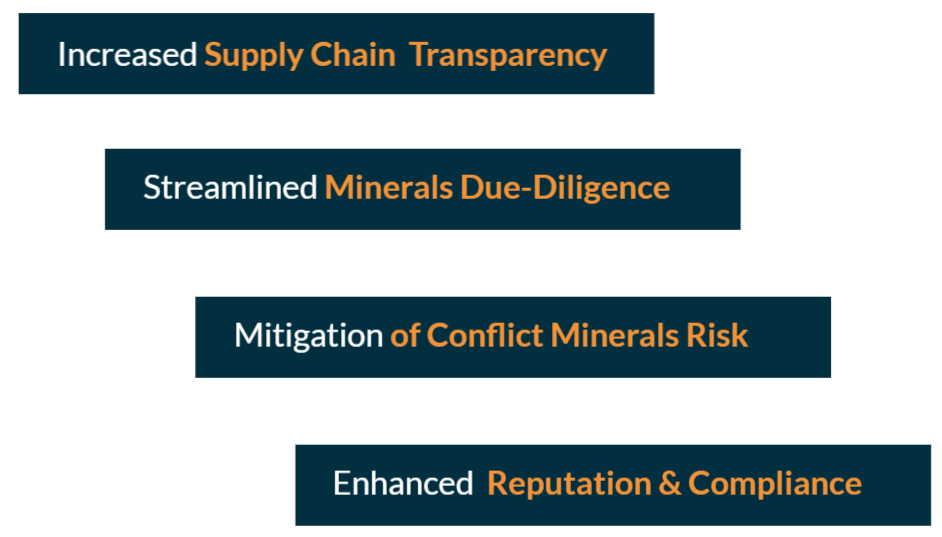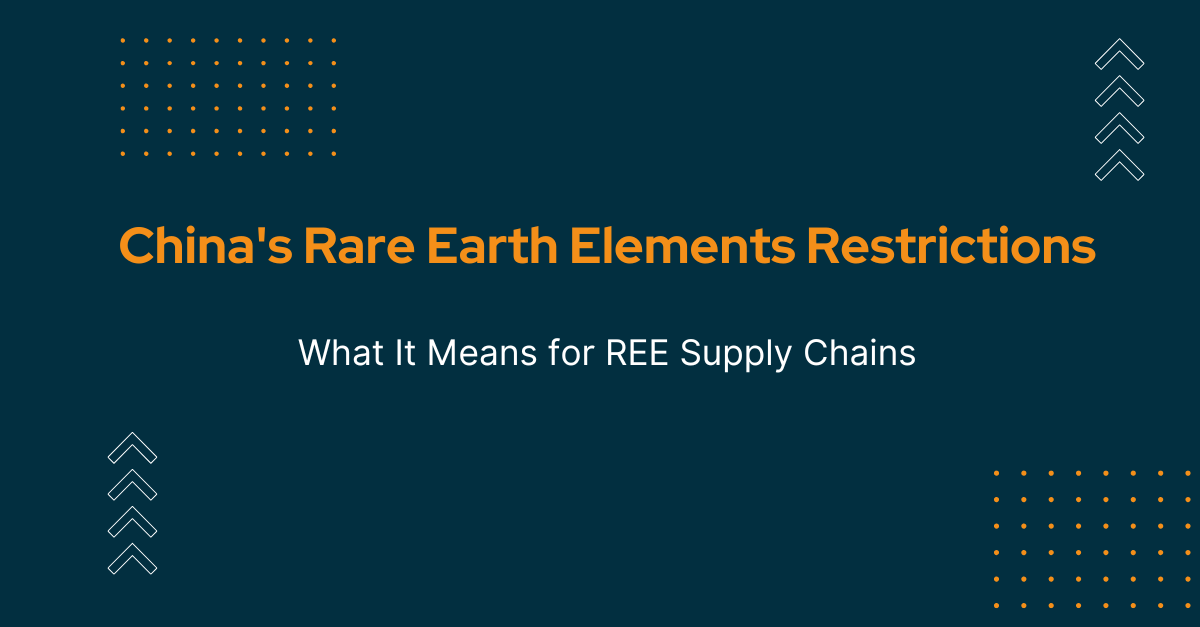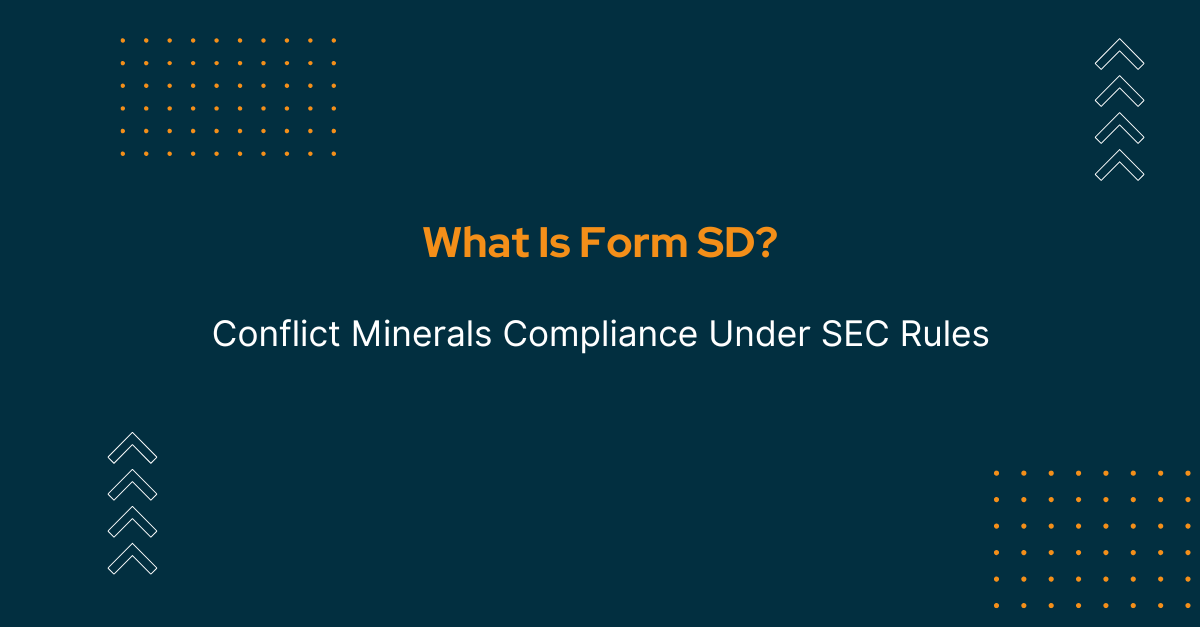Table of Contents
In today's business landscape, responsible mineral sourcing has become a critical focus for companies across various industries. To effectively address the complexities associated with responsible minerals sourcing and enhance supply chain transparency, the Responsible Minerals Initiative (RMI) has developed the Pilot Reporting Template (PRT). This standardized reporting form provides downstream companies with a structured framework to collect and disclose vital information about their supply chains. In this article, we will look into the key features, benefits, and objectives of the PRT, highlighting its role in facilitating responsible minerals sourcing and promoting industry-wide best practices.
Understanding the Pilot Reporting Template (PRT)
The Pilot Reporting Template (PRT) serves as a valuable tool for companies seeking to ensure responsible minerals sourcing within their supply chains. It was created by the RMI to streamline the collection and disclosure of information related to minerals of concern. By leveraging the PRT, downstream businesses can effectively manage and mitigate risks, meet regulatory requirements, and establish transparent mineral supply chains.
Key Objectives of the PRT
The PRT aims to achieve several important objectives that contribute to responsible minerals sourcing initiatives:
-
Enhancing Supply Chain Transparency: The PRT plays a pivotal role in enhancing supply chain transparency by providing a standardized format for data collection and reporting. By following the PRT's guidelines, companies can gather accurate information about their supply chains, including smelters, refiners, and processors, thereby improving transparency and accountability.
-
Customization and Flexibility: One of the key advantages of the PRT is its flexibility, allowing companies to prioritize and report on specific minerals relevant to their operations. Unlike existing templates such as the Conflict Minerals Reporting Template (CMRT) and Extended Minerals Reporting Template (EMRT), the PRT offers customization options, addressing the lack of standardization for minerals beyond the commonly covered ones.
-
Addressing Information Gaps: The PRT fills crucial information gaps by focusing on minerals not covered by other reporting templates. It targets the upstream portion of the supply chain, where information on smelters, refiners, and processors may be limited. By utilizing the PRT, companies can effectively identify and address pinch points, ensuring responsible sourcing practices.
-
Alignment with Industry Standards: The PRT aligns with industry standards and best practices for responsible minerals sourcing. By adopting the template, companies demonstrate their commitment to meeting regulatory requirements and promoting sustainable mineral supply chains. This alignment enhances credibility and fosters collaboration between customers and suppliers.
Exploring the Differences: EMRT, CMRT, and PRT
When it comes to responsible mineral sourcing, RMI offers three distinct reporting templates: EMRT, CMRT, and PRT. Each template serves a unique purpose in promoting transparency and accountability in supply chains. Let's delve into the differences between these templates:
- Extended Minerals Reporting Template (EMRT):
Focus: Cobalt and Mica.
Purpose: It aims to establish responsible sourcing practices and transparency specifically for cobalt and mica, which are known for their environmental impact and ethical concerns.
- Conflict Minerals Reporting Template (CMRT):
Focus: 3TG minerals (Tin, Tantalum, Tungsten, Gold).
Purpose: Identifying conflict-associated smelters and refiners, promoting responsible sourcing, and complying with global conflict minerals regulations including US Conflict Minerals Act.
- Pilot Reporting Template (PRT):
Focus: Exchange of information on unregulated minerals of concern.
Purpose: Collect sourcing information on aluminium, copper, lithium, nickel, and other minerals/metals used in products.
Flexibility: Users can determine the reporting scope for up to 10 minerals of their choice.
while EMRT concentrates on cobalt and mica, CMRT targets 3TG minerals, and PRT offers flexibility for reporting on various unregulated minerals of concern. These templates collectively address different aspects of responsible mineral sourcing and contribute to the RMI's mission of establishing sustainable and transparent supply chains.
Benefits of Using the PRT for Responsible Minerals Sourcing Due-Diligence

Implementing the PRT within responsible minerals sourcing initiatives offers several significant benefits:
-
Increased Supply Chain Transparency: The PRT enables companies to gather and disclose information about their supply chains in a standardized manner. This heightened transparency allows stakeholders to gain insights into mineral origins and associated practices throughout the supply chain.
-
Streamlined Due Diligence: By providing a structured framework for data collection, the PRT streamlines due diligence processes. Companies can effectively assess and manage risks associated with their mineral supply chains, ensuring responsible sourcing practices are in place.
-
Mitigation of Conflict Mineral Risks: Through comprehensive data collection and analysis, the PRT helps companies identify and mitigate the risks of sourcing minerals from conflict-affected and high-risk areas. This proactive approach reduces the potential for human rights abuses and environmental damage.
-
Enhanced Reputation and Compliance: By implementing the PRT, companies demonstrate their commitment to responsible mineral sourcing. This enhances their reputation, instills trust among stakeholders, and ensures compliance with regulations governing responsible sourcing.
The Future of the Pilot Reporting Template (PRT)
The Pilot Reporting Template paves the way for an impactful future in responsible mineral sourcing. As the RMI collects completed PRTs from its members, an extensive data-gathering process ensues. Utilizing standardized forms, RMI will gather, collate, and assess data to create comprehensive lists of smelters free from abuses, mirroring the established lists for 3TG, cobalt, and mica. Over the next few years, these lists will be further developed and expanded.
A key aspect of the PRT's future is its ability to identify minerals that warrant increased regulation. By scrutinizing pinch points within the supply chain and evaluating sourcing frequency, the PRT enables the identification of minerals with potential risks and areas requiring enhanced oversight. Long-term, the PRT equips businesses with crucial knowledge about minerals of utmost importance to their sectors. This knowledge empowers companies to address concerns raised by customers, regulators, and other supply chain stakeholders. By leveraging the insights gained through PRT, businesses can make informed decisions, establish trust, and cultivate sustainable practices. With its continuous development and contribution to supply chain transparency, the PRT unlocks a future where responsible mineral sourcing is elevated to new levels.
Download the latest version of the PRT
The Pilot Reporting Template (PRT) serves as a vital tool for companies dedicated to responsible minerals sourcing. By leveraging PRT, businesses can enhance supply chain transparency, effectively manage risks, and ensure compliance with industry standards and regulations. With its flexible customization options and standardized reporting framework, the PRT empowers companies to proactively address responsible minerals sourcing challenges and promote sustainable practices. Embrace the PRT to foster transparency, build credibility, and contribute to responsible mineral supply chains.



